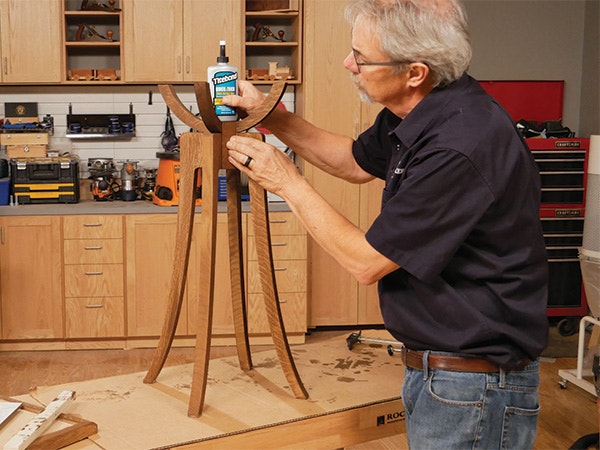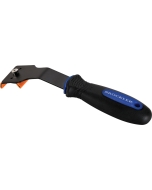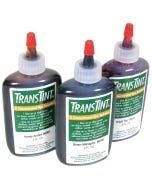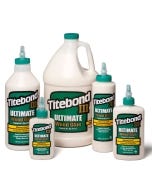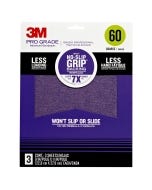How to Use Glue with Pre-Finished Parts
Coloring wood with dye rather than a typical pigment stain can be a great choice in certain finishing situations.
Coloring wood with dye rather than a typical pigment stain can be a great choice in certain finishing situations.
-Shelly Wickhams
Reading, England

Pre-finishing, including adding color, is a great way to improve the quality of your work. But as you have found out, it also has its risks. If you are asking what to do after you have applied an oil-based pigment stain to parts that then must be glued together, the only answer is to sand, scrape or in some other way remove the oil film from the affected area.
An option that some woodworkers are unaware of is using dye rather than pigment stain in delicate pre-finishing work as you have described.
The operative difference between dye and pigment stain is twofold. First, the molecules of the dye are so small that they don’t create a layer of "stuff" — as does the ground-up earth in pigment stain. Also, when the dye is suspended in water or alcohol, the liquid evaporates away leaving the wood without a layer of oil on top.
The benefit is, you can glue together wood that has been dyed just the same as if it had no coloring on it at all. If you also want top re-finish using your top coat, you still need to mask off the joint or you are back to the same problem. Good luck and try some dye!
Keep the inspiration coming!
Subscribe to our newsletter for more woodworking tips and tricks
